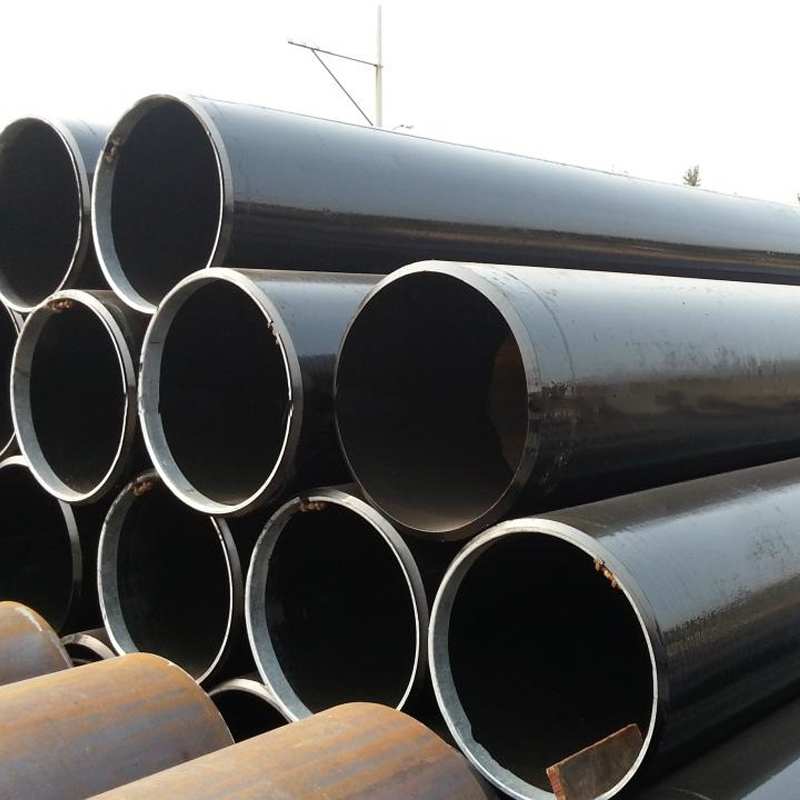-
Cangzhou Yulong Steel Co., Ltd.
-
Phone:
+86 13303177267 -
Email:
admin@ylsteelfittings.com

Nov . 07, 2024 17:05 Back to list
Overview of Different Industrial Flange Types and Their Applications
Understanding Industrial Types of Flanges
Flanges are essential components used in various industrial applications to connect pipes, valves, and other equipment. They provide a secure and robust connection while allowing for easy access for maintenance and inspection. With a variety of flange types available, it's crucial to understand the different industrial types of flanges, their applications, and material specifications.
What Are Flanges?
Flanges are flat pieces of metal, usually circular, with holes around the circumference for bolting to another flange or fitting. They allow for easy assembly and disassembly of piping systems. The use of flanges helps in distributing stress over a wide area, which helps in preventing leaks and ensuring the integrity of the piping system.
Types of Flanges
Flanges are typically categorized based on their design, material characteristics, and method of connection. Here are some of the most common types of flanges used in industrial settings
1. Weld Neck Flanges These flanges have a long neck that is welded to the pipe. This design allows for a smooth transition from the flange to the pipe, minimizing turbulence and stress concentration. Weld neck flanges are often used in high-pressure applications.
2. Slip-On Flanges Slip-on flanges are designed to slide over the pipe's end before being welded. They are easy to install and are often used in low-pressure applications. Because they do not have a neck, they can be more cost-effective than weld neck flanges.
3. Blind Flanges Blind flanges are solid discs used to close the end of a pipe or a vessel. They are essential for maintenance and inspections, allowing for the isolation of sections of piping systems without removing the entire assembly.
4. Socket Weld Flanges Similar to slip-on flanges, socket weld flanges are inserted into a pipe. However, they are welded on the inside, providing stronger joints suitable for high-pressure applications. These flanges are commonly used in piping systems carrying liquids or gases under high pressure.
industrial types of flanges

5. Lap Joint Flanges Lap joint flanges work with a stub end and are typically used in applications where frequent dismantling is necessary, such as in pipelines that require regular maintenance or inspection. They provide a flexible connection and are easy to align when assembling.
6. Threaded Flanges Threaded flanges have internal threads that allow them to be screwed onto the pipe. They are commonly used in low-pressure applications, primarily when welding is not feasible. Because they are easy to install, they are often found in smaller piping systems.
7. Ring Type Joint (RTJ) Flanges RTJ flanges are designed with a groove that allows for the insertion of a sealing ring, providing a high level of pressure containment. They are primarily used in high-pressure and high-temperature applications and offer excellent leakage prevention.
Material Considerations
Flanges are manufactured from a wide range of materials, each suited to specific applications. Common materials include
- Carbon Steel Often used for its strength and durability, carbon steel flanges are suitable for a general range of applications. - Stainless Steel Preferred for corrosive environments, stainless steel flanges provide excellent resistance to rust and corrosion.
- Alloy Steel Ideal for high-pressure and high-temperature conditions, alloy steel flanges are engineered to withstand extreme conditions.
- Plastic In some applications, especially in chemical industries, plastic flanges are utilized for their corrosion resistance.
Conclusion
Understanding the various types of flanges and their respective applications is essential for anyone involved in industrial piping systems. By selecting the right type of flange and material, industries can ensure seamless connections, optimal performance, and long-lasting durability in their operations. As technology and materials continue to advance, it's important for engineers and maintenance personnel to stay informed about innovations in flange design and application to maximize efficiency and reliability in their systems.
Latest news
-
ANSI 150P SS304 SO FLANGE
NewsFeb.14,2025
-
ASTM A333GR6 STEEL PIPE
NewsJan.20,2025
-
ANSI B16.5 WELDING NECK FLANGE
NewsJan.15,2026
-
ANSI B16.5 SLIP-ON FLANGE
NewsApr.19,2024
-
DIN86044 PLATE FLANGE
NewsApr.19,2024
-
DIN2527 BLIND FLANGE
NewsApr.12,2024
-
JIS B2311 Butt-Welding Fittings LR/SR 45°/90° /180°Seamless/Weld
NewsApr.23,2024
-
DIN2605-2617 Butt-Welding Fittings LR/SR 45°/90°/180° Seamless/Weld
NewsApr.23,2024











